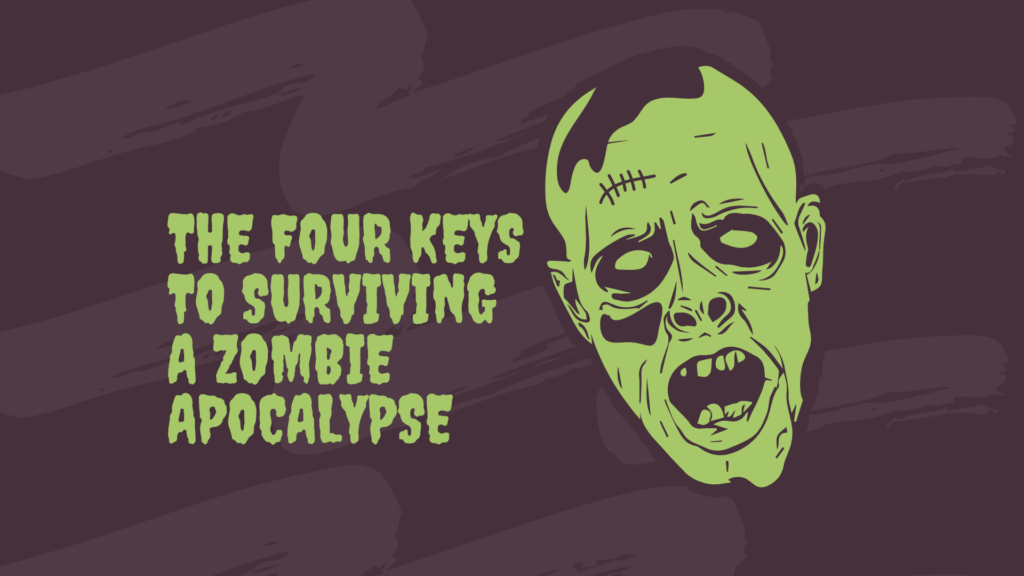Capstone Projects Focused on Real-World Issues: Create Meaningful Experiences that Engage All Students

Helping students find a path to purpose is one of the noblest aspects of teaching.
– Vicki Zakrzewski

INTRO
Set up a process for students to annually engage in capstone projects focused on real-world issues. Have each student reflect and apply several key ideas they have learned in the classroom throughout the year to their projects.
Capstone projects provide an opportunity for students to engage all Four Keys to successful learning.
OBJECTIVES
- Set up a process for students to annually engage in capstone projects focused on real-world issues.
ACTIVITY
- Set up a process for students to annually engage in capstone projects focused on real-world issues.
- Review the provided resources for ideas on how to create the project and engage students in it.
Key Components of Capstone Projects
- Relevant student-selected topic that is of interest to the student
- Research
- Engagement activities: observing, volunteering, interviewing, performing, building, creating, experimenting, etc.
- Drafting and writing a paper and/or presentation outlining the project process and/or results or what was learned
- Presentation of ideas
- If more than one student is working on the same topic, then debate is also often incorporated as a means of learning and engaging in deeper consideration of the topic – it is especially useful before they finalize their individual paper/presentation
- Reflection
- As part of the process, have each student reflect and apply several key ideas they have learned in the classroom throughout the year to their projects
TIPS
- Key Moves are efforts that require a bit of planning, but can be implemented within the next 3-6 months.






Responses